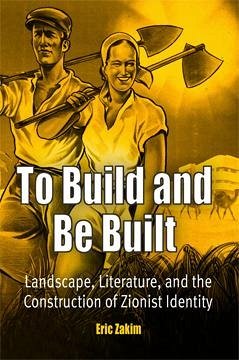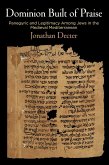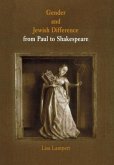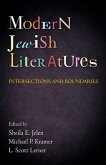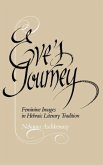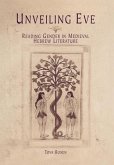Eric Zakim follows the literary and intellectual career of the powerful Zionist slogan "to build and be built" from its conceptual origin in reaction to the Kishinev pogroms of 1903, when it first served as an expression of settlement aspiration, until the end of pre-state national expansion in Palestine in 1938. "Draining the swamps" and "making the desert bloom," the Jewish settlers imagined themselves as performing "miracles" on the land. By these acts, they were also meant to reinvent the very notion of what it was to be a Jew in the modern world. As Jewish settlers reshaped nature in the Holy Land by turning it from one thing into another, they too were newly constructed. Zakim argues that in the period leading up to the establishment of the state of Israel, the action of working the land and building its cities in order to transform both into something essentially Jewish increasingly came to mark a turn inward toward the reclamation of a Jewish subject tied to the very soil of Palestine. To Build and Be Built radically recontextualizes modernist Hebrew literature to demonstrate how literary aesthetics of nature formed the very political discourse they nominally reflected. Zakim's work sees no division between politics and representation. Instead, the depiction of nature in literature, art, and architecture became constitutive of a political and social understanding of the Jew's place in the Middle East. By refusing to acknowledge the disciplinary boundaries of standard works on literature, history, and political thought, To Build and Be Built challenges the methodological certainties that have guided popular and academic understandings of the development of Zionist involvement inthe land of Israel. For this reason, To Build and Be Built will be of interest to people beyond literature, in particular those working in history and those outside of Israel studies who have an interest in modernism and the representation of nature in the history of cultur

